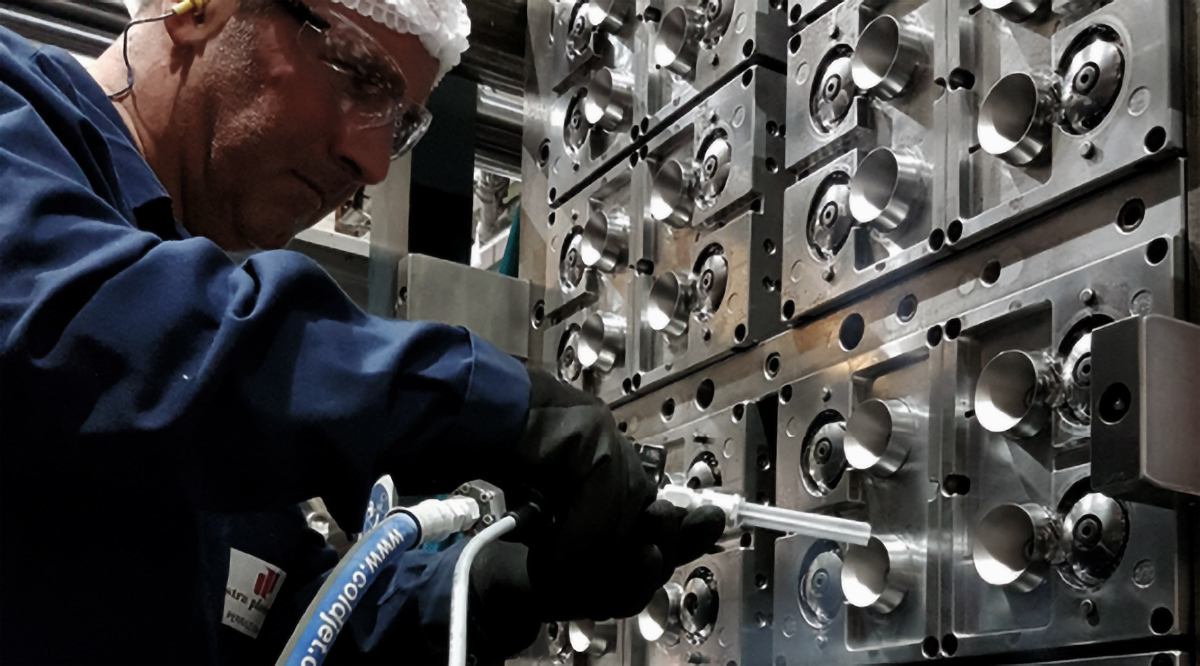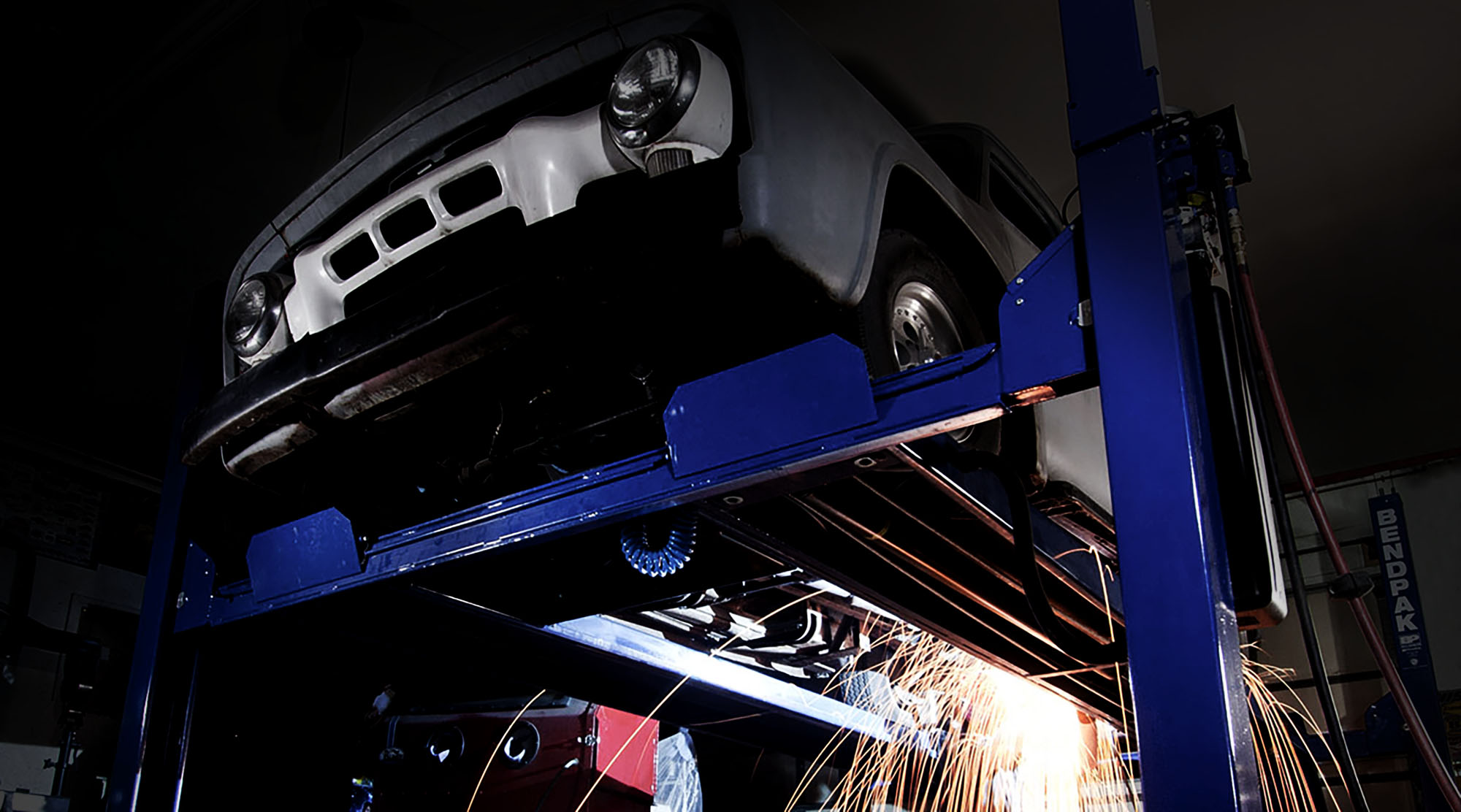Dry ice cleaning (also known as “dry ice blasting”) uses rice-sized grains of solid carbon dioxide accelerated with compressed air to clean substrate in a manner that’s best imagined as similar to sandblasting - but is nothing alike in reality.
Because unlike sandblasting, dry ice cleaning does not rely on abrasion. Instead, as the lightweight particles of dry ice impact the contaminants on the surface, their rapid off-gassing and simultaneous freezing effect removes contaminants from the surface. By altering the volume of dry ice and pressure used, the effect’s intensity can be light enough to clean silk, or aggressive enough to strip paint.
Also unlike sandblasting, dry ice cleaning does not leave any blasting material to be cleaned up. The particles of dry ice simply sublimate back into the atmosphere, allowing dry ice cleaning to massively reduce the amount of time spent cleaning intricate items where conventional abrasives or contaminants aren’t desirable. From combustion chamber cleaning of direct injection engines to the turbine blades of a jet engine, dry ice cleaning can clean it in-situ, with significantly less disassembly than would otherwise be possible.
Also because the media used is dry ice, it leaves no residue, is entirely environmentally friendly, totally non-conductive meaning electrical components can be cleaned without shutting them down, and totally inert and non-flammable for job sites and environments with such concerns.

